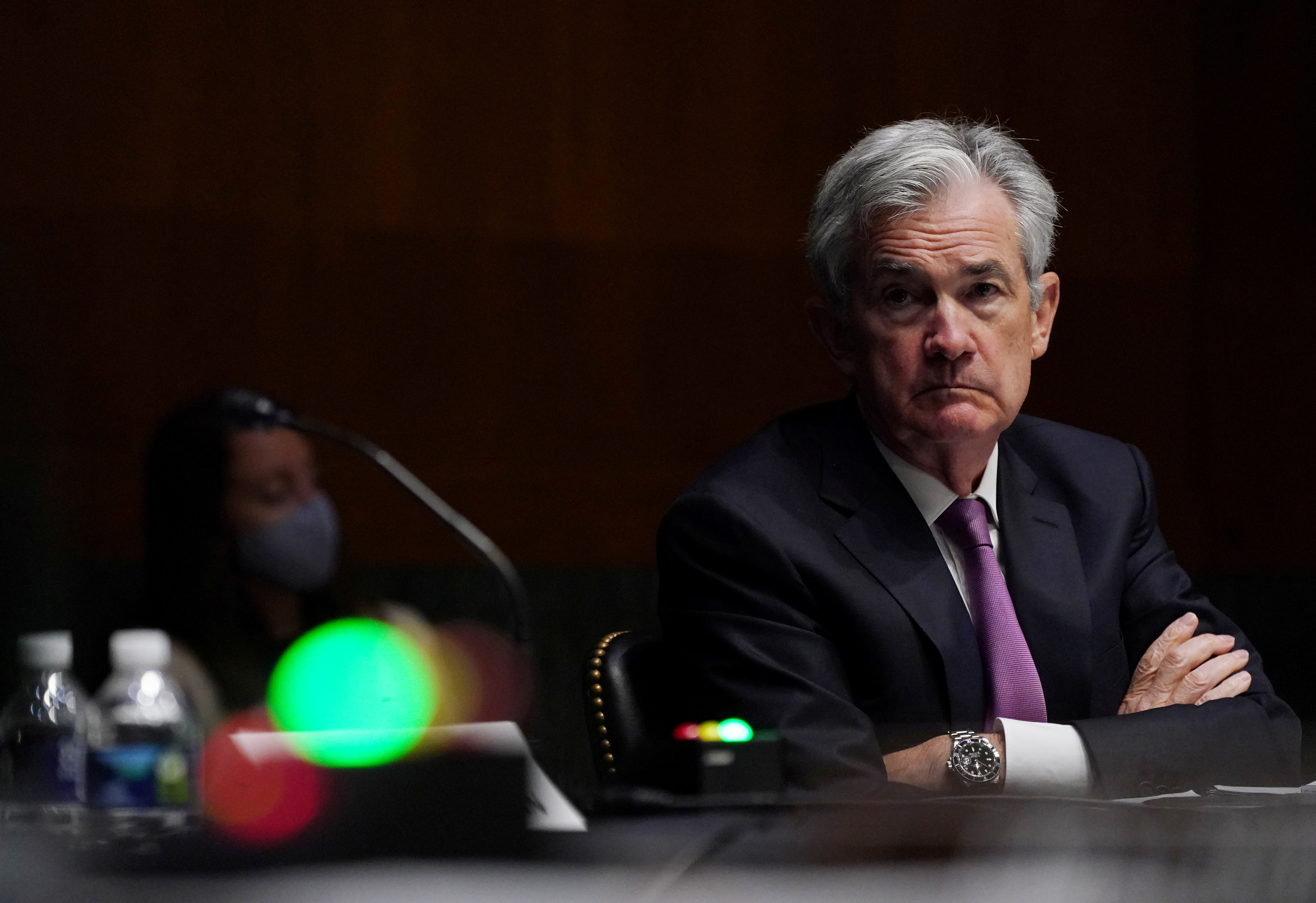(ATF) The past year has been turbulent beyond anybody’s wildest expectations.
The coronavirus pandemic changed so many things – hitting growth like never before, altering the daily lives of billions of people, and evoking an unparalleled response from monetary and fiscal authorities to support plummeting consumer and corporate confidence.
But the pandemic brought a few positives, too. It showcased human ingenuity, grit, and resilience. Above all, it showed that in a world increasingly under the spell of algorithms and machines, the human desire and ability to innovate (getting not one, but three vaccines out to market in less than a year) is truly alive and kicking!
For all the twists and turns the year brought, 2020 is likely to end with solid returns for investors across most asset classes. Equities and bonds are positive, as are real assets like residential housing. Against this, the question most investors are now asking is “what does 2021 have in store for us?”
Covid-19 will still affect markets
Vaccine progress will remain a dominant market narrative through 2021, permitting investors to be more tolerant of the currently intensifying coronavirus wave while hoping for more economic re-openings that will be buoyed by vaccine effects in the second-half of the year. Therefore, we need to weigh the sobering, near-term macro outlook against a more positive, medium-term outlook. That creates space in portfolios for both secular growth stories like mega cap US and Asian technology names along with the more cyclical names – sectors like financials, industrials, materials, energy and smaller cap stocks.
From a structural viewpoint, the economy we once knew is unlikely to be back with us even after the vaccine can be fully administered. Consumers and businesses have adapted to the challenging conditions of 2020, embracing technology and online services. Even with a return to more “normal” conditions, many of those new digital habits will be hard to reverse, with profound implications for certain segments of the economy. Many of the beneficiaries of this shift belong to the technology enabling category of companies, which will keep them relevant even as we leave Covid behind in our rear-view mirrors.
Will the debt burden us in 2021?
The Global Financial Crisis (GFC) had market participants vowing that more debt was not the answer to solving sustainable growth. But a decade later, that’s exactly the course we’ve taken. Federal and corporate debt levels in the US tower over the economy with their balance sheets expanding 223% and 68%, respectively, since the end of 2007.
While this buildup of debt is real and is not disappearing anytime soon, it is not likely to be an issue in 2021. The Federal Reserve, European Central Bank, and Bank of Japan are expected to continue absorbing significant amounts of sovereign and private debt to mitigate future market stress. The “fear” of undoing all the good work since the pandemic will keep them very dovish at least through 2021, preserving ample liquidity in the system.
Further factoring in rather low borrowing costs (both nominally and after adjusting for inflation) and the substantial amounts of debt investment-grade, high-yield and emerging market borrowers issued in 2020 despite the pandemic offers investors an even more stable outlook for spread products in 2021.
Emerging Markets Asia likely to regain investor favour
The past 12 months rewarded secular growth stories linked to technology and the virus cycle within Asia. China, Korea and Taiwan stole a march over other emerging markets. Propped up by extremely easy global financial conditions, recovery of growth and inflation and positive vaccine developments, carry-trades are likely to broaden out to other markets in 2021, too.
Vaccine developments bode well for economies dependent on global trade and tourism like Hong Kong, Indonesia, Singapore and Thailand where cyclical prospects collide favourably with relatively attractive valuations. India and China should also continue to offer opportunities to build a strategic exposure in countries with long-term growth potential.
Portfolio positioning
When evaluating the economic and market landscape, being pro-equities and pro-cyclical risk going into 2021 could be a good strategic position for investors. Mega cap tech can remain one of the pillars, with opportunistic rotation towards cyclical sectors benefiting from economic re-openings. Even within such cyclical sectors, companies that adapt to the new environment by embracing technology as an enabler of future growth will most likely come out as winners over those that don’t.
While the outlook is upbeat, the upcoming new year does have a high-level of uncertainty with burgeoning corporate and governmental debt, economic scarring from Covid and logistical hurdles to leap over to distribute vaccines. With this in mind, investors should remember that diversification is still key to weathering market volatility and active management can help discern quality and manage risk.
- Binay Chandgothia, Managing Director & Portfolio Manager, Principal Global Investors. The views expressed are the author’s and do not necessarily reflect those of ATF.
























